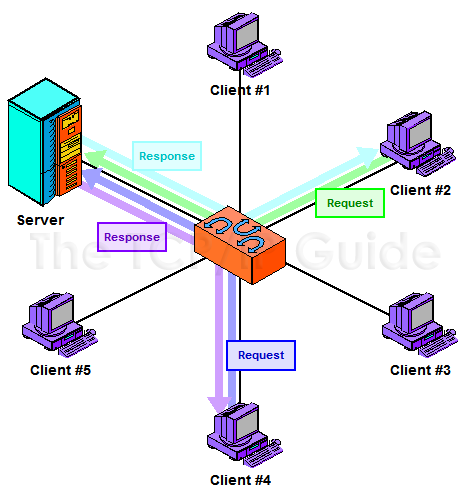 |
|
Please Whitelist This Site?
I know everyone hates ads. But please understand that I am providing premium content for free that takes hundreds of hours of time to research and write. I don't want to go to a pay-only model like some sites, but when more and more people block ads, I end up working for free. And I have a family to support, just like you. :)
If you like The TCP/IP Guide, please consider the download version. It's priced very economically and you can read all of it in a convenient format without ads.
If you want to use this site for free, I'd be grateful if you could add the site to the whitelist for Adblock. To do so, just open the Adblock menu and select "Disable on tcpipguide.com". Or go to the Tools menu and select "Adblock Plus Preferences...". Then click "Add Filter..." at the bottom, and add this string: "@@||tcpipguide.com^$document". Then just click OK.
Thanks for your understanding!
Sincerely, Charles Kozierok
Author and Publisher, The TCP/IP Guide
|
|
|

Custom Search
|
 |
The TCP/IP Guide 9 Networking Fundamentals 9 Fundamental Network Characteristics |
|
Network Structural Models and Client/Server and Peer-to-Peer Networking
(Page 3 of 4)
Client/Server Networking
In this design, a small number of computers are designated as centralized servers and given the task of providing services to a larger number of user machines called clients. The servers are usually powerful computers with a lot of memory and storage space, and fast network connections. The clients are typically smaller, “regular” computers like PCs, optimized for human use.
The term “client/server” also frequently refers to protocols and software, which are designed with matching, complementary components. Usually, server software runs on server hardware, and client software is used on client computers that connect to those servers. Most of the interaction on the network is between client and server, and not between clients, as shown in Figure 6. Server software is designed to efficiently respond to requests, while client software provides the interface to the human users of the network.
|
|
|
| |||||||||||||||||||
Home - Table Of Contents - Contact Us
The TCP/IP Guide (http://www.TCPIPGuide.com)
Version 3.0 - Version Date: September 20, 2005
© Copyright 2001-2005 Charles M. Kozierok. All Rights Reserved.
Not responsible for any loss resulting from the use of this site.







 Key Concept: Networks are usually configured to share resources using one of two basic structural models. In a peer-to-peer network, each device is an equal and none are assigned particular jobs. In a client/server network, however, devices are assigned particular roles—a small number of powerful computers are set up as servers and respond to requests from the other devices, which are clients. Client/server computing also refers to the interaction between complementary protocol elements and software programs, and is rising in popularity due to its prevalence in TCP/IP and Internet applications.
Key Concept: Networks are usually configured to share resources using one of two basic structural models. In a peer-to-peer network, each device is an equal and none are assigned particular jobs. In a client/server network, however, devices are assigned particular roles—a small number of powerful computers are set up as servers and respond to requests from the other devices, which are clients. Client/server computing also refers to the interaction between complementary protocol elements and software programs, and is rising in popularity due to its prevalence in TCP/IP and Internet applications.